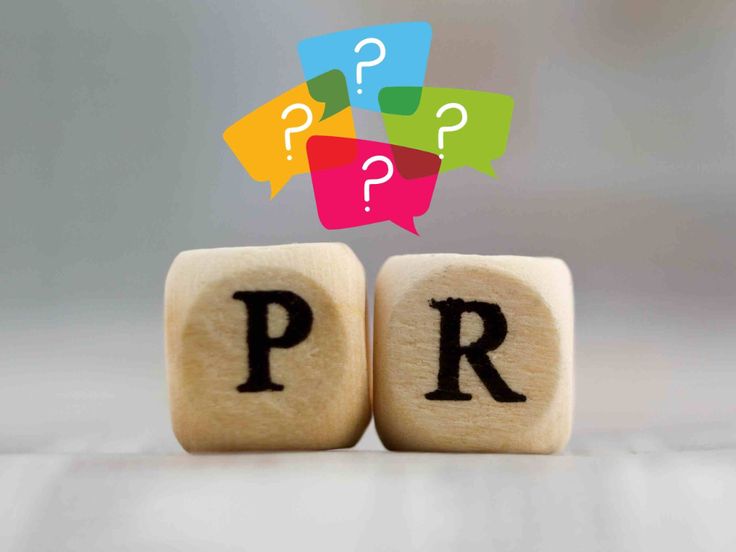
The Origin and Evolution of Public Relations
Public relations (PR) is an essential function in modern business and society, bridging the gap between organizations and their audiences. While the term “public relations” is relatively modern, the practice itself has ancient roots. From its beginnings in persuasive communication by rulers and religious leaders to its formalization in the 20th century, PR has evolved alongside human society.
Ancient Foundations of Public Relations
Public relations practices can be traced back to ancient civilizations, where leaders used communication to influence public opinion, shape perceptions, and legitimize their power. In Ancient Egypt, pharaohs commissioned monuments and inscriptions that glorified their reigns, presenting themselves as divine leaders chosen by the gods. These early forms of messaging were designed to reinforce loyalty and maintain control over the populace.
In Ancient Greece and Rome, the art of rhetoric—pioneered by philosophers such as Aristotle and orators like Cicero—played a crucial role in influencing public opinion. Aristotle’s principles of ethos (credibility), pathos (emotion), and logos (logic) laid the groundwork for persuasive communication techniques still used in PR today. Roman leaders used speeches, public events, and written records to convey their policies and maintain the support of the Senate and the public.
Religious institutions also employed early forms of public relations. In the Middle Ages, the Catholic Church used symbolic imagery, architecture, and written communication to reinforce its authority and spread its teachings. From the grand cathedrals of Europe to the creation of influential texts like the Bible, the Church demonstrated a deep understanding of messaging and audience engagement.
The Birth of Modern Public Relations Practices
The 17th and 18th centuries marked a shift toward more structured and strategic communication efforts. During the Age of Enlightenment, governments began using printed materials, public speeches, and other media to rally public support for political causes. In the United States, figures like Benjamin Franklin and Thomas Paine used pamphlets and newspapers to advocate for independence and influence public opinion during the American Revolution. Similarly, in France, the use of revolutionary rhetoric played a critical role in shaping the French Revolution.
The Industrial Revolution in the 19th century brought significant societal and economic changes, leading to the rise of corporations and mass communication. Businesses faced increasing scrutiny from workers, journalists, and the public, necessitating a more deliberate approach to managing their reputations.
The introduction of mass media, including newspapers and magazines, created new opportunities for organizations to communicate with broader audiences. Pioneering efforts in this era laid the groundwork for modern PR, although the term itself had not yet been coined.
The Formalization of Public Relations
The formal discipline of public relations began to take shape in the early 20th century, driven by technological advancements and the growing influence of media. Ivy Lee, often considered one of the “founding fathers” of modern PR, was a key figure during this time. In the early 1900s, Lee introduced the concept of transparency and truthfulness in corporate communication, emphasizing the importance of providing accurate information to the public. His work with the Rockefeller family, particularly during the Colorado Fuel and Iron Strike, demonstrated the potential of PR to improve relationships between organizations and their stakeholders.
Another pivotal figure in PR history was Edward Bernays, who is often referred to as the “father of public relations.” Bernays, influenced by the psychological theories of his uncle Sigmund Freud, applied insights into human behavior to shape public opinion. His campaigns for companies like Procter & Gamble and initiatives such as promoting cigarette smoking for women under the banner of “freedom” highlighted the power of strategic messaging. Bernays also authored Crystallizing Public Opinion (1923), which formalized the principles of PR and established it as a profession.
PR in the 20th Century
The 20th century saw PR expand into a key component of business, government, and social movements. During World War I, governments utilized propaganda campaigns to mobilize public opinion, creating a foundation for modern public relations. The U.S. Committee on Public Information, led by George Creel, demonstrated the effectiveness of coordinated messaging to build public support for war efforts.
In the post-war era, the rise of television, radio, and print media further solidified PR as a critical tool for corporations and politicians. The practice expanded into areas like crisis communication, reputation management, and media relations. By the mid-20th century, PR agencies such as Hill & Knowlton and Burson-Marsteller were established, offering specialized services to businesses and governments worldwide.
The Digital Era and Modern Public Relations
With the advent of the internet and social media in the late 20th and early 21st centuries, public relations entered a new phase. Digital platforms transformed the way organizations interact with their audiences, enabling real-time communication and feedback. PR professionals adapted by incorporating social media management, content creation, and influencer partnerships into their strategies.
Today, PR is a multifaceted field that goes beyond traditional media relations to include data-driven insights, corporate social responsibility, and community engagement. The principles laid down by early pioneers remain relevant, but the tools and tactics have evolved to meet the demands of a digital and interconnected world.
Conclusion
The history of public relations is a testament to the enduring importance of communication in human society. From the persuasive rhetoric of ancient Greece to the data-driven campaigns of today, PR has consistently adapted to cultural, technological, and societal changes. As a discipline, it continues to play a vital role in shaping public perception, building trust, and fostering meaningful connections between organizations and their audiences.




